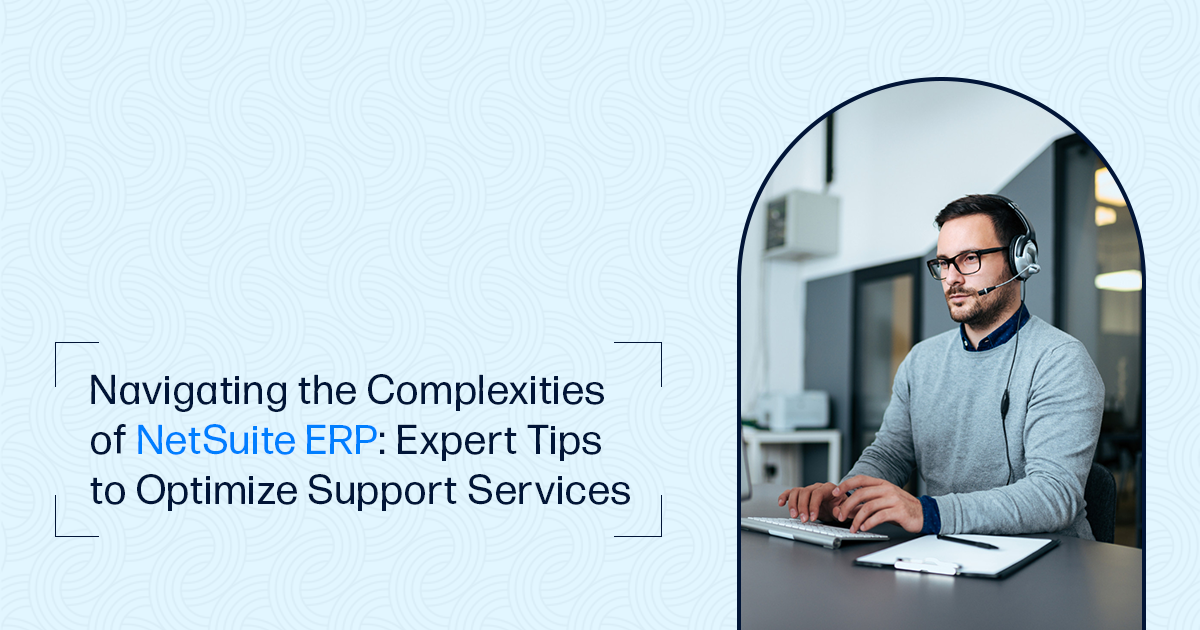By following this guide, you'll be equipped with the knowledge and tools needed to navigate the complexities of NetSuite data migration and maximize the benefits of your new system.
Let's dive in and make your data migration journey a seamless and successful one. Are you considering migrating your data to NetSuite? As your business grows, it's essential to have a robust and centralized system in place to manage your company's information effectively. However, the process of data migration can be complex and challenging, requiring careful planning and execution.
Important Actions to take while Organizing your NetSuite Data Migration
1. Manual Data Entry
This method involves manually entering data into NetSuite. While it may be suitable for small amounts of data, it can be time-consuming and prone to errors for larger datasets.
2. CSV/Excel Import
If you have data stored in CSV or Excel files, you can import it directly into NetSuite. This method is relatively straightforward and can handle larger data volumes. However, it requires careful data mapping and transformation.
3. API Integration
API integration allows for seamless data transfer between systems. It provides real-time synchronization and is ideal for businesses with high data volumes or frequent data updates.
4. ETL (Extract, Transform, Load) Tools
ETL tools automate the extraction, transformation, and loading of data from one system to another. They offer advanced data mapping and transformation capabilities and are suitable for complex data migration projects.
Choosing the right data migration method depends on your specific requirements and resources. Consider factors such as the size of your data, complexity, timeline, and available technical expertise. The next step involves executing the data migration process.
Choosing the Right Data Migration Method
When it comes to data migration, there are various methods available, each with its benefits and considerations. The right data migration method for your business depends on factors such as data complexity, volume, and your specific migration goals. Here are some common data migration methods:
1. Data Integrity Testing
Perform data integrity checks to ensure that the migrated data is accurate, complete, and consistent. This includes verifying data against the source system and running data validation tests.
2. System Integration Testing
Test the integration of the migrated data with other systems and processes in NetSuite. This ensures that the data is correctly linked and flows seamlessly across different modules and functionalities.
3. User Acceptance Testing
Involve end-users in testing the migrated data and its impact on their workflows. This helps identify any usability issues, training needs, or system configuration adjustments required.
4. Performance Testing
Test the performance of the migrated data by simulating real-world scenarios and workloads. This ensures that the system can handle the expected data volumes and transactions without performance degradation.
In conclusion, OpenTeQ is your trusted partner for NetSuite data migration services, offering unparalleled expertise and dedication to ensuring a seamless transition to the NetSuite platform. With a team of experienced professionals and a proven track record of successful migrations, we understand the complexities and nuances involved in transferring your data effectively. Our tailored approach, combined with advanced tools and methodologies, ensures that your data is migrated securely, accurately, and efficiently, minimizing downtime and maximizing the benefits of NetSuite for your business. Trust OpenTeq to deliver the best NetSuite data migration services, empowering you to harness the full potential of this powerful platform for your organization's growth and success.
Reach out today for robust NetSuite Data Migration services at info@opentegroup.com or contact at +91-7032254999/ +1-602 806 4634.
Executing the Data Migration Process
Once you have planned, assessed, and cleaned your data, it's time to execute the migration process. This involves transferring your data from the source system to NetSuite. Here are the key steps involved in executing the data migration process:
Testing and Validating the Migrated Data
Testing and validating the migrated data is a crucial step in the data migration process. It ensures that the data has been successfully transferred to NetSuite and meets the required quality standards. Here are the key steps involved in testing and validating the migrated data:





